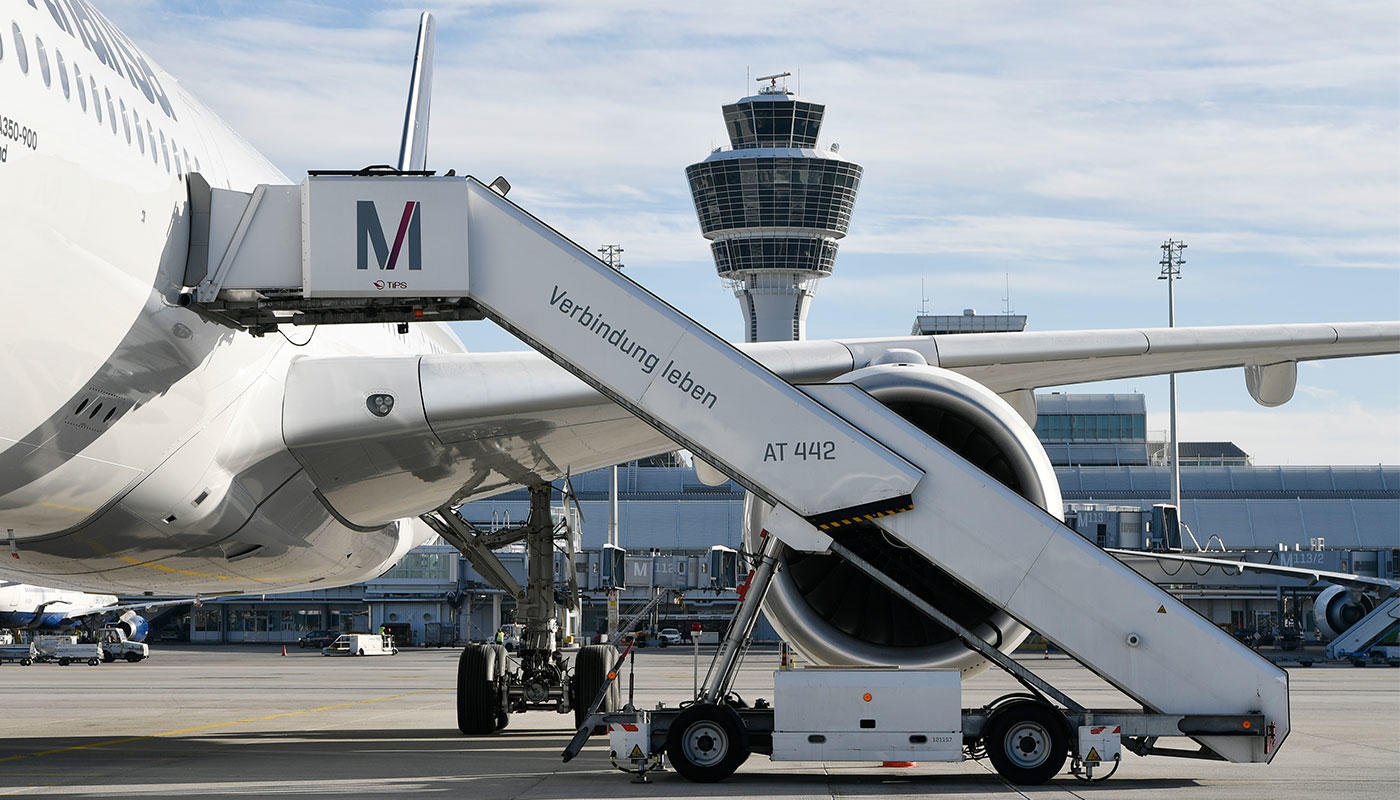Munich Airport currently operates more than 380 electric vehicles, the majority of them special vehicles like baggage tugs, lifters and passenger boarding bridges. Munich Airport has invested millions in e-mobility. The airport-owned car fleet also includes more than 130 electric vehicles. The aim is for nearly all vehicles in Munich Airport’s fleet to be electric-powered by 2030. At the same time, Munich Airport is expanding its charging infrastructure.
Vehicle electrician Dominik Mast and his colleagues in Munich Airport’s vehicle workshop are working to ensure a smooth transition to e-mobility. When one of the new electric vehicles arrives in Munich Airport’s auto workshop, special precautions have to be taken: The vehicle electricians must wear special protective gloves while performing their work, and a sign must be displayed warning that certain parts of the vehicle carry high voltages.
The battery in the smart that vehicle electrician Dominik Mast is working on right now, for example, can carry up to 400 V. The car is to be fitted with front flashers, a red warning light and a new hands-free telephone so that it can be driven by employees on the airport apron.













